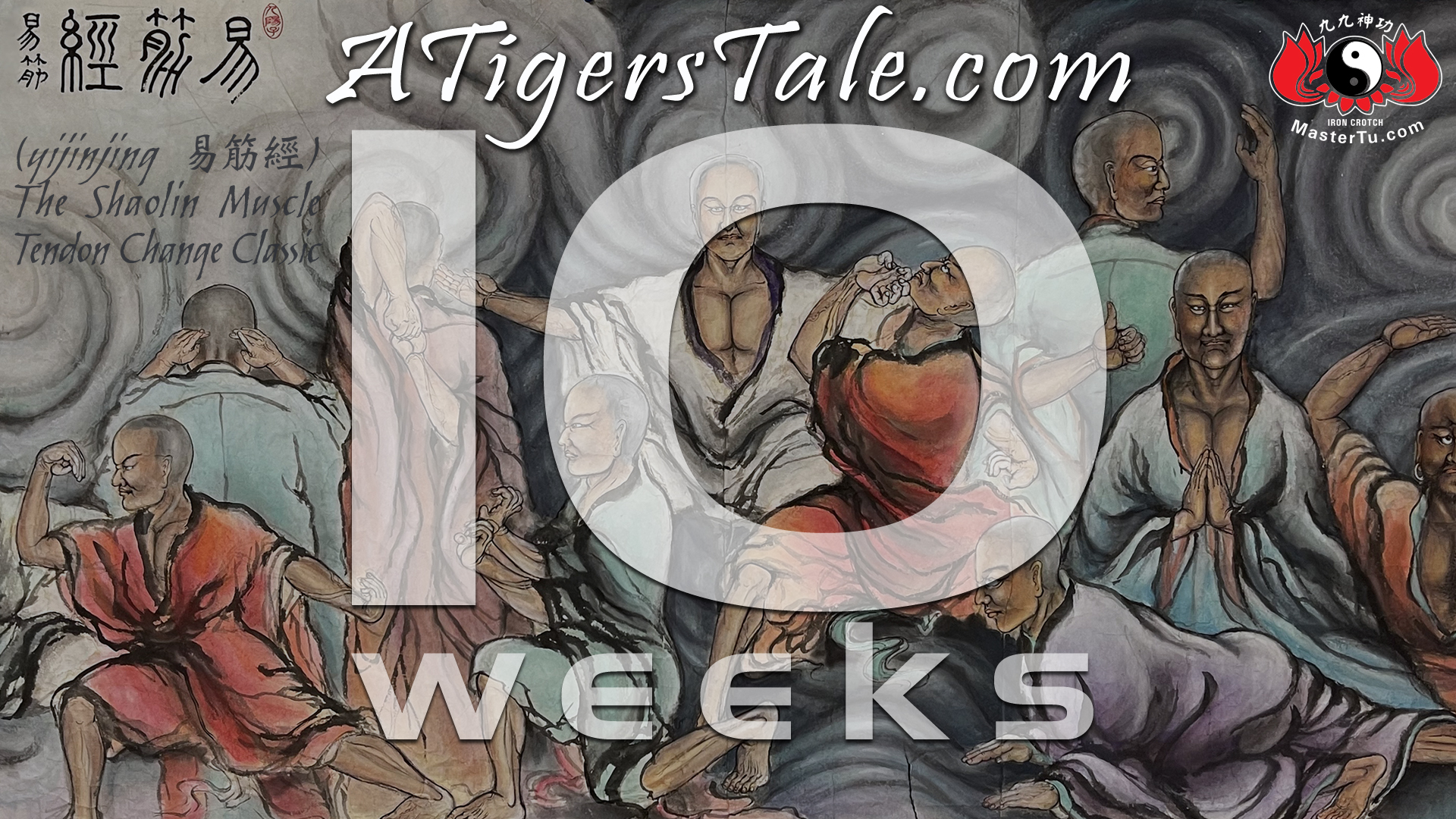Admittedly, that title is a bit misleading. It implies that i’ve only been doing this for ten week, when in actuality, I’ve only got 10 weeks to go. This countdown started at week 41, a somewhat arbitrary number, at least 42 could’ve had the Douglass Adams answer to the universe going for it, but – hindsight. 31 weeks ago what matter was beginning the countdown and, back then, I probably lamented not thinking of it a week earlier. With 10 weeks to go there is still a lot left to do, and to what end?
Self Publishing my long in the works graphic novel A Tiger’s Tale.

With 10 weeks left there is still much to do, both in preparation for the campaign as well as the production of the graphic novel. But that’s the nature of climbing metaphorical mountains, the closer you are to its peak the more there is to be done. Still, there’s value in taking a moment, while you’ve got a hand-hold, to look out and about at those familiar points along the way. Particularly when they proved encouraging to your journey over-all. An opportunity to be thankful.
One such point was when I received word that a Kung Fu Master & Traditional Chinese Painter whom I admire greatly agreed lend his paintbrush to the cause of A Tiger’s Tale. You see, on the advice of fellow creatives whom I trust, it had been suggested that I find an artist of some renown to provide an alternate cover for my project. With a growing number of martial arts themed comics appearing this year alone, several comic artists immediately came to mind, but in keeping with the hidden spirit of A Tiger’s Tale, I felt it was more important to offer a cover created in the tradition of shu-mo hua (水墨畫) ink-wash painting.
There are a handful of such traditional artists whom I admire (one of them was lost to the covid-crisis) but on the top of the list is Grandmaster Tu Jin-Sheng. A renown Taoist master he has traveled the world sharing his unique martial/fitness/longevity training, earning a formidable reputation for his physics defying feats. The man was a natural showman with a physique and fashion sense perfectly in-line with his “strong-man” performances. Added to that, he is a phenomenal painter.
It took some time to build the courage and conviction to approach him, through the proper channels. One doesn’t just lightly call in such a favor. But when word came back, not only was he amenable to the prospect of that yet-to-be-revealed cover he offered an additional work of art. Part inspiration, part prescription: the painting he provided is his interpretation of the Shaolin Muscle Tendon Change Classic (Shaolin Yijinjing 少林易筋經) the original Kung Fu workout. Whole articles have been written on it, its history as well as its significance to the martial arts and Zen Buddhism. I’ve written one for you for this #TigerTuesday
According to legend, the 28th Patriarch of Buddhism a direct inheritor of Buddha, traveled from India to China sometime between 420 – 527 CE. Called Bodhidharma or in China Tamo (達 摩). Thought to be the third son of an Indian king, the bearded, bug-eyed monk was determined to elevate the nature of enlightenment beyond his borders. Crossing distant mountains and seas, he wandered China sometime in the 5th Century. Arriving at an unknown monastery hidden by the small forest after which it was named, Tamo found himself at Shaolin Temple. Once there, it is said that he found the state of the resident monks and their practice to be a disappointment. To week to endure the hardships he had grown accustomed to these monks presented a problem and an opportunity. Finding a solution would require nine years of silent meditation, alone, in a cave at the Wuru Peak of the Song Mountain.
It was after this prolonged meditation, Bodhidharma founded the Zen school of Buddhism and Shaolin kung fu. He sought to strengthen the bodies of Shaolin monks through kung fu so that they could endure the rigors of prolonged meditation. Some legends say he left several treatises on kung fu while other myths reduce this legacy to one. In either case the Muscle Tendon Change Classic (yijinjing 易筋經) was always among them.

